Transition Time
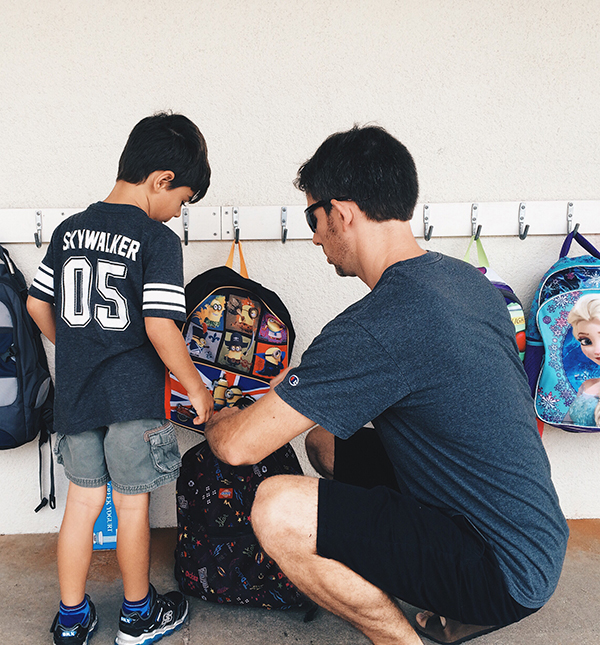
The transition from summer vacation to the back-to-school routine can be downright tortuous. The good news is, there doesn't have to be a full on revolt in your house this year. Here are several ways to successfully help the kids (and yourself) settle back into the ol' routine as easily and painlessly as possible.
Train the Brain

Crystal Horton, parent strategist, author of "Stretch Marks" and mom to three kids, suggests keeping the brain sharp throughout the summer. She and her kids continue reading and practicing math problems for 20 minutes a day. In addition to avoiding summer brain drain, this also reinforces that learning is equally important outside the classroom. Haven't been keeping up with school subjects during the summer? It's never too late to start. Try devoting a week or two before the first day of school to reading and doing math problems for a few minutes as a pre-school warmup.
Trial Runs
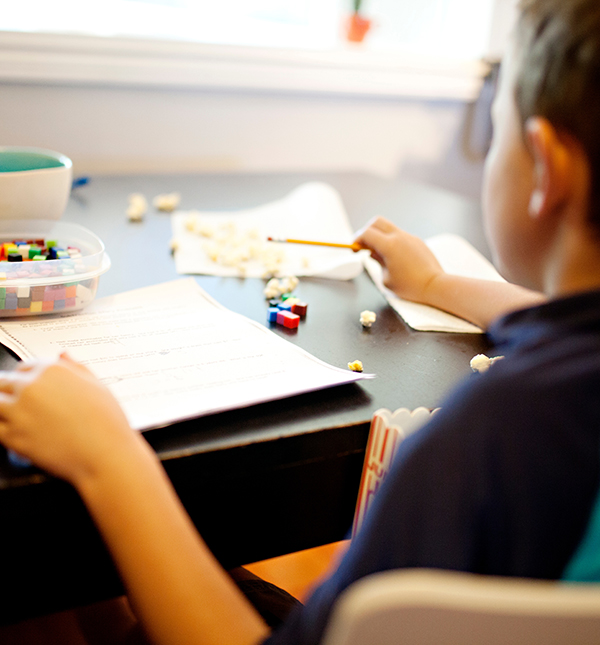
Horton suggests beginning your back-to-school routine two weeks before the first day of school. Think of it as practice for the actual race. Set the alarm, get ready and eat breakfast as though you're aiming to be out the door by a certain time (even if you're not). In addition to getting accustomed for your routine, this will help you work out any kinks, such as realizing you're not waking up early enough or that the bathroom is in too high of demand at the same times.
Ten Minutes a Day

Going to bed earlier and waking up earlier should be a gradual process. To help your kids ease in, put them to bed 10 minutes earlier each night and wake them up 10 minutes earlier each morning until you reach your "target times," suggests Horton. Then, have patience on the days when it doesn't work because, inevitably, those will always happen. The key is to keep trying and have faith that it will eventually start to stick.
Command Center

In Horton's house, there's a family command center where the calendar is stationed, noting everyone's various schedules each day. "This helps the kids grasp the concept of time, which makes a big difference in the mornings," she explains. Review the calendar prior to the morning (perhaps after dinner or on the way up to bed) so that everyone is on the same page for the next day's events.
Delegate Duties

Another component of the command center is to designate jobs to each family member, including the kids. For example, Horton's 9-year-old daughter is in charge of writing appointments on the calendar each month while her 8-year-old daughter writes the weekly dinner menu on a whiteboard. Meanwhile, her 6-year-old son is in charge of making sure important papers get seen. Giving kids tasks help them learn accountability while taking a few responsibilities off Mom and Dad's plates.
Get Crafty
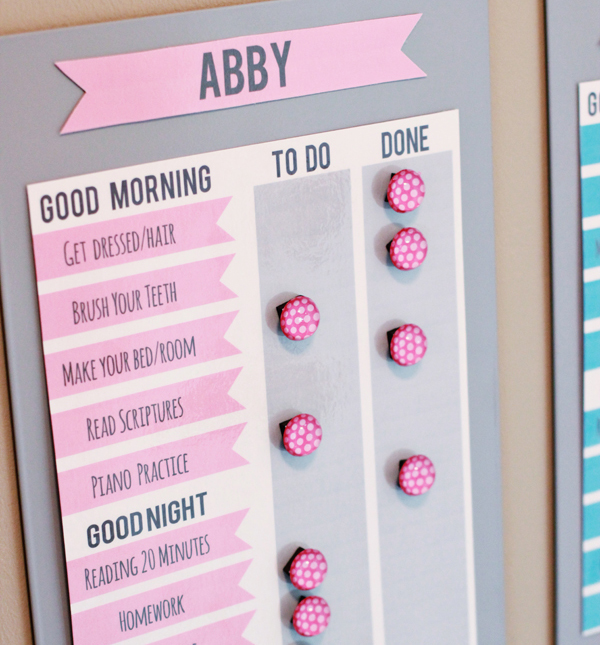
Making your back-to-school routine into a family project is another great way to get the kids involved and excited for school. A quick search on Pinterest is bound to give you some good ideas, says Horton, whether you're just looking for some sample morning schedules or an arts and crafts project, such as a magnetic board "checklist" for your children to complete each morning and evening.
Encourage Self-Sufficiency
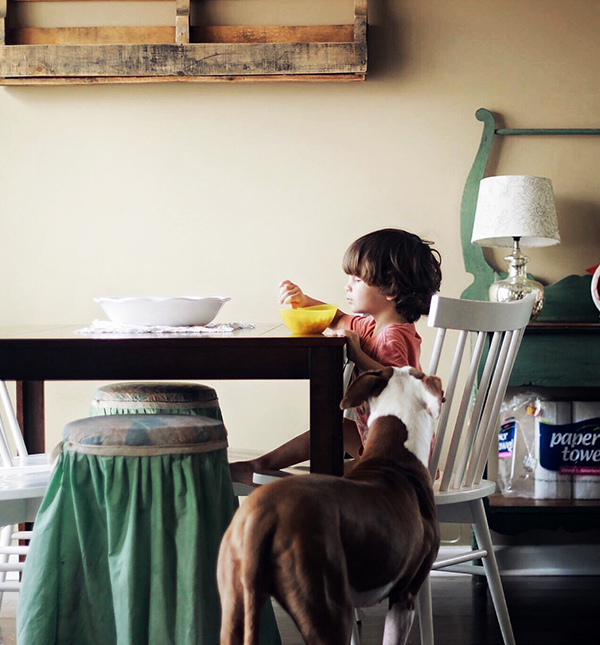
It may be uncomfortable at first to relinquish control, but giving kids independence to get ready for school on their own will reward you with less stressful mornings. In fact, this has been Horton's tactic since when her kids were three years old. Six years later, she's continued to take a hands-off approach and credits this to the success of their smooth school mornings. The kids have developed their own routines, which involve waking up on their own, brushing their teeth, washing their faces, combing their hair, getting dressed, eating breakfast, cleaning up and making lunch before heading out the door. Encourage them to stay consistent, and their routines will eventually become muscle memory, she says.
The Night Before
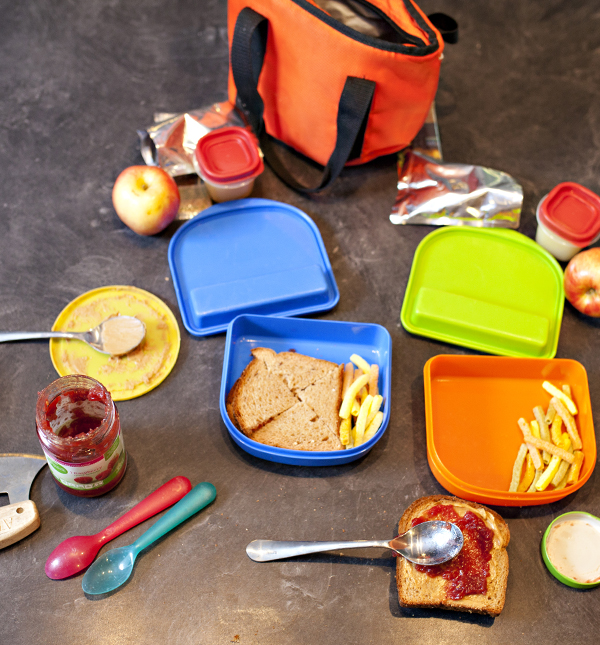
There's nothing like a little prep the night before to already feel a step ahead for the following day. Backpacks are a big one to focus on the night before, suggests Horton, as well as any parts of your child's lunch that don't require fresh preparation in the morning, such as packaged snacks or water bottles. That way, all that's left for the morning are the sandwiches and fruit to slice, she says.
Homework First

Since homework is a big part of the routine that will take some getting used to again, make it the first priority as soon as your children arrive home from school. Have a snack and then get to work. Once homework is done, take care of the backpack and lunch prep and then you're free to decompress for the rest of the night while ensuring your morning won't be chaotic, says Horton. Plus, getting homework done immediately will help avoid any "I don't understand this" frustration that typically happens right before bed.
Write It Down
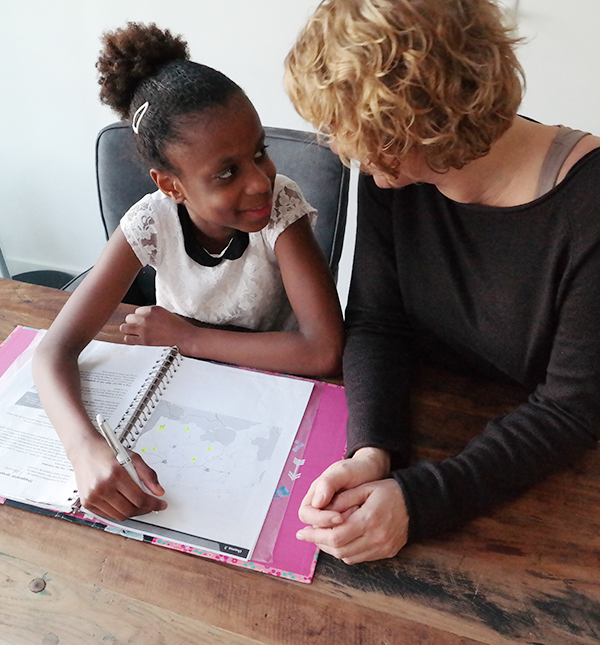
Talking about your back-to-school routine isn't enough. Schedule a time to meet as a family and write it all down. "Start by thinking back to the things you did the year before that worked," says Horton. "Even if it's a week before or the weekend before the first day of school, start practicing the schedule you've drafted as a family when you can." For extra guidance, Horton has developed a daytime planner template and a morning and bedtime routine checklist, both available on her website.
Practice Patience

Above all, Horton stresses that establishing a successful routine rarely happens overnight. Practicing patience is one of her key takeaways from years of going through the back-to-school routine. Similarly, it's important to have flexibility as well, she notes, and to remember that juggling different schedules and accommodating different kids' ages and abilities are certainly a work in progress.
The Art of Flexibility
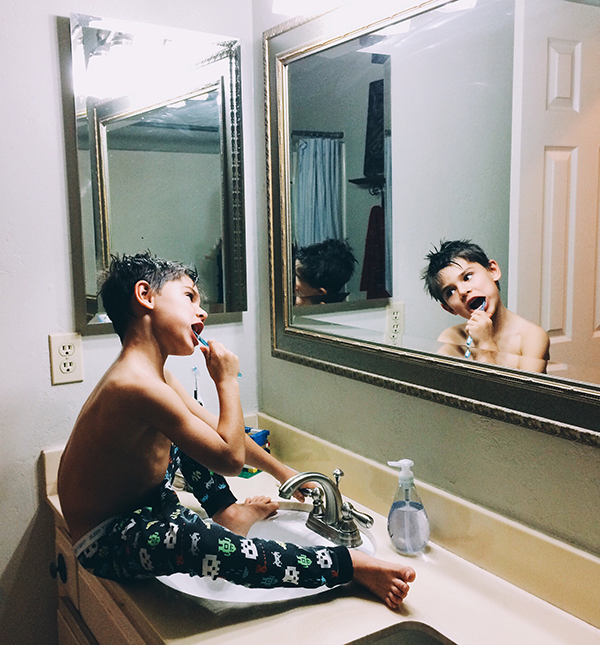
In addition to patience, it's important to be aware that you're likely not going to get the perfect, everything-moves-like-clockwork morning every day of the year. "Children love to push boundaries and sometimes parents have to work with it," says Horton. For example, if your child doesn't want to wake up one morning, try asking "Why?" instead of barking orders. The reason might be because their favorite shirt they wanted to wear that day isn't clean—an easy fix. Or, it may uncover a bigger issue at hand, such as bullying. Either way, you'll have the opportunity to work through it together, get back into your routine without any yelling or crying and even become their cheerleader, says Horton.
Meal Plan
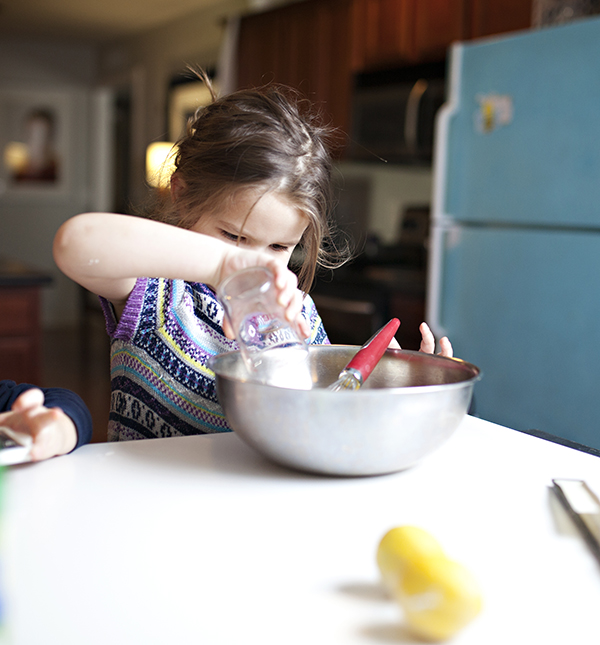
As Horton has seen firsthand, having at least one of your kids involved in menu making can be an immense help. So in the weeks leading up to summer vacation's end, have the kids start researching fun new recipes to try—a habit that will serve the whole family well beyond the first week or two back to school. Whether it be apple cinnamon breakfast sundaes or bento box lunches, let their creativity drive the planning.
Stay Consistent

Finding a balance between structure and freedom is the key to maintaining a successful routine. Throughout the school year, Horton has found that designating Saturday as a free day to sleep in and then getting back into an early wakeup routine on Sunday has worked really well for her kids. As for the summers, they stick with their regular school schedule three weeks into June and then take a break for five weeks from the end of June through July—they'll stay up late, sleep in, go camping and, overall, just let loose. "Everyone needs to let go. You can't have fun if you don't," she says. Then, come August, everyone is ready to get back into the habit of their predictable routine.




